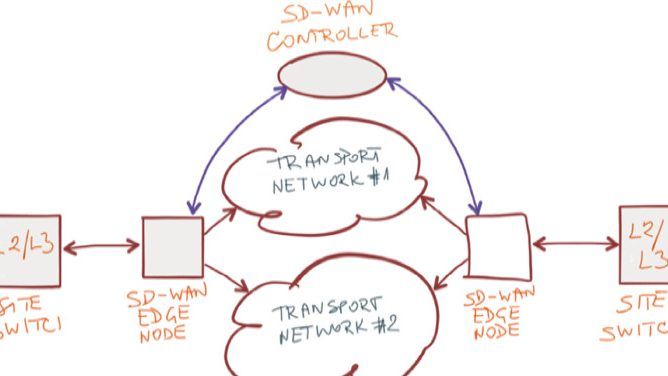Five Use Cases for SD-WAN

A lot of folks I speak with about Software Defined Wide Area Networking (SD-WAN) are trying hard to understand how this rapidly emerging technology works and the places where it can fit with their clients or within their own network. As we acquire more experience with deployments inside many different business and network environments, the results that we discover are quite surprising. There are many applications where SD-WAN is an obvious fit but in some cases, the true value is not exactly what we were expecting. The following are some of the more prominent examples of reasons for SD-WAN we’ve been able to assist with to date:
- Voice Services Over the Internet – A lot of small to medium sized businesses have started utilizing voice services over commodity broadband connections with no Quality of Service (QoS) in place. Though most of the time this works adequately, there will be many instances of degradation in quality or dropped calls that can be frustrating. This has just been the reality of utilizing the public Internet for voice services… up until now. With SD-WAN, we’re able to prioritize voice traffic both inbound and outbound while leveraging multi-path technologies to “route around” carrier backbone problems. We’re able to do this with single, stand alone sites in addition to multiple locations.
- WAN Visibility and Management – Setting aside the benefits of multi-path link steering, bandwidth aggregation and QoS for a bit, many organizations have no usage breakdowns or application performance visibility in their network today. As a byproduct of the application steering and prioritization baked into most SD-WAN solutions, there is a great deal of reporting functionality available. So now when stakeholders of IT want to know what is happening at their remote locations, they have a graphical interface to see exactly what is happening.
- Configuration Uniformity and Standardization – Large organizations which have many sites or will soon have many sites at the hands of rapid growth can have a lot of hands in the IT group working on things. With this, lack of standardization becomes an issue as sites are configured and turned up if there is not a uniform configuration policy. With SD-WAN, attaining a high level of uniformity is simple using features like Zero Touch provisioning and Configuration Profiles to make sure that all sites are configured identically. This also helps greatly for change management if you want to make a configuration update to all of your locations. With this approach, you can update a configuration in one place and push it to all sites, instantaneously. This frees up engineers to solve larger problems facing the business rather than making a minor configuration change on dozens or hundreds of sites.
- Remote Diagnostics Capabilities – When there are issues at a remote location, it can often times be difficult to walk users through providing troubleshooting assistance or getting the right software and hardware onsite. With the built in tools into many SD-WAN solutions, the ability to perform packet captures, see network state and what the users see on the network, so that the time vetting issues on the network can be greatly reduced.
- MPLS / IP VPN Replacement – MPLS and other dedicated private network infrastructures have begun to outlive their usefulness with many organizations as critical workloads are moved to the cloud. Further, there is growing demand by companies to reduce cost of their expensive WANs that typically have no redundancy or application smarts built in. SD-WAN can easily leverage existing dedicated internet access (DIA) links and even inexpensive broadband connections to build an application aware, private network overlay that provides more applications control, redundancy and critical business application prioritization than traditional network designs.
These are just five examples of things we have been able to help with. We’re happily conducting Proof of Concept deployments for businesses to show the value of SD-WAN and finding new use cases all the time. We find ourselves working on long standing problems that have been occurring for years in traditional networks and within just a few hours of having SD-WAN appliances in the network, fixing them. Using this technology is some of the most rewarding work I’ve ever done as a network engineer. SD-WAN really is a game changer!

